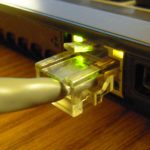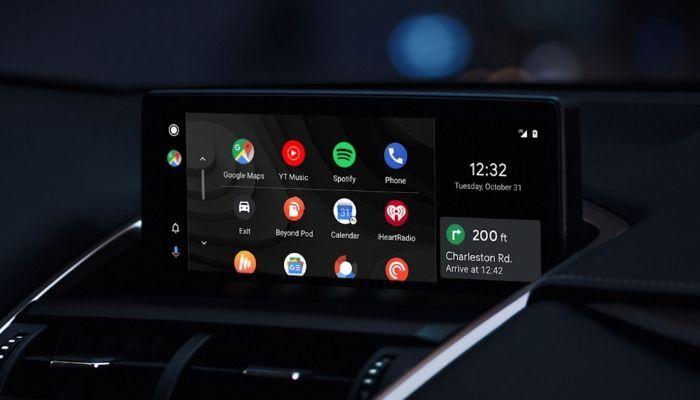Today, more and more devices have connections to the Internet. These devices have sensors and software that are used to connect and share data. Today, 25% of businesses apply IoT technology for various uses. To enable sharing of data, these devices need a connection to the Internet. There are many ways in which IoT devices connect to the Internet.
They include; Wi-Fi, wired connections, low-frequency networks like LoRaWAN, and using IoT SIM cards. While IoT SIM cards also allow the connection to the Internet just like the traditional or the regular SIM cards, there are significant differences between the two. Let us now consider the various ways that traditional SIM cards differ from IoT SIM cards.
Difference between traditional and IoT SIM cards
Although conventional SIM cards enable mobile devices to connect to the Internet wirelessly, the needs for IoT devices vary from the typical Mobile phone. The features that differentiate IoT SIM cards from the traditional SIM card include:
Data packages that are aggregated
Many IoT SIM tariffs allow your devices to draw data from one source irrespective of the quantity that an IoT device takes. Because most companies that use IoT devices may need many IoT SIM cards simultaneously, this is useful. Since you can share data across your various SIM cards, the chances of getting charged data usage out of the bundle reduce.
Device-to-device Connectivity
Conventional SIM cards work by ensuring that your device is connected to a single network. Conversely, IoT SIM cards connect all of your Internet of things devices. They primarily connect to a host network used for transferring the data throughout your whole IT platform efficiently.
NO one-size-fits-all
IoT SIM cards vary based on size, purpose, and shape. We crafted them based on the product or function. The simplest and standard IoT SIM card is the Universal Integrated Circuit Card (UICC) sim. It is a straightforward chip made of plastic and is stored within the device. You insert it manually into the device and connect it to standard devices like laptops, phones, and other unique IoT devices.
The second type of IoT SIM is the Machine-to-Machine Form Factor Universal Integrated Circuit Card (MFF2 UICC). It is more complex but comes similarly to UICC, with the only difference being how you store it inside the IoT device. Unlike UICC that you manually insert into the IoT device, MFF2 UICC comes in a singular size. It is vacuum-sealed during manufacturing. Thus, you cannot remove it from the IoT device once you insert it. Hence, the lifespan and durability of the SIM card increase.
eSIM technology is a recent entry into the connectivity block. An Embedded Universal Integrated Circuit Card (eUICC) or an eSIM digitizes the traditional SIM card. It can come in all SIM card sizes similar to UICC or MFF2 UICC SIM, on embedded or embedded, although it is re-programmable. Using eSIMs on IoT devices ensures better connectivity, higher security of the data, and bulk device management.
Remote Moderation
While conventional SIM cards have a dynamic IP address, we supply IoT SIM cards having a fixed IP address. Therefore, you can monitor the usage and connectivity of the SIM card in terms of data remotely. Thus, IoT SIM cards eliminate the need for personal input. It varies from the standard SIM card that requires in-person activation, one at a time.
Increased durability
The conventional SIM cards have a durability of three years on average. It is much less when compared to the lifespan of an IoT SIM card that is usually about ten years. In addition, IoT SIM cards are more physically stronger compared to conventional ones. Thus, they can survive more extreme weather. They also are resistant to corrosion and other forms of damage. IoT sims can also be welded inside a device.
Why do we need IoT SIM cards?
As discussed above, regular SIM cards are used to facilitate cellular communications between cell phones. However, there are different requirements for IoT devices and applications when compared to smartphones. These differences create various issues when a conventional SIM is used in IoT devices. These issues include:
Device management
Having so many IoT devices connected to the network brings out the challenge of managing them. Because conventional SIM cards do not offer a function for bulk management, they are not suitable for applying IoT. Thus, they are cost-efficient because, in an IoT network, all the devices have a single data plan. For instance, traditional SIM cards cannot accommodate aggregation to ensure cost efficiency when one device under-uses the data while others overuse it.
Durability
Since they designed regular SIM cards for smartphone use, they are not very durable. We may need to replace the SIM card every few years in order to use the smartphone regularly. We may deploy IoT devices and sensors to areas that have extreme conditions like temperatures that are high or very low and high vibrations. Traditional SIMS cannot withstand these conditions.
Provisioning
When you want to change the network operator, you swap out the SIM card and replace it with the one from the new operator. For a tablet or a smartphone, this may not be an issue. With IoT, many devices are interconnected. Replacing the SIM cards on such devices is time-consuming, risky, and expensive.
IoT SIM card form factors
Based on the type of the device, the standards of the network, and the environmental conditions, choose the right form factor for the IoT SIM card. Below are the IoT SIM card form factors and their use cases:
· Mini SIM (2FF): We use it for vehicular tracking sensors and measure 15 by 25 mm.
· Micro-SIM (3FF): we use it in health monitors and tablets. It measures 12 by 15 mm and is about half the size of a mini sim.
· Nano-SIM (4FF): it is slimmer than the micro or mini sim. Its measurements are 12.3 by 8.8 mm. This makes Nano-SIM the perfect choice for a device restriction of size limit the space.
· eUICC: Embedded SIM (eSIM) is the latest evolution of the SIM card. It measures between 6mm by 5mm. Embedded sims are built onto the device. This makes them more beneficial for IoT devices like making them more resilient in severe weather.
Conclusion
Connectivity is among the things promoting the development of IoT. Using IoT SIM cards that have varying form factors, IoT devices can connect and share data within themselves seamlessly. While we can use conventional SIM cards, many issues may arise, as seen above. The adoption of IoT technology will continue soaring and is estimated to reach 43 billion devices by the end of the year 2023.








